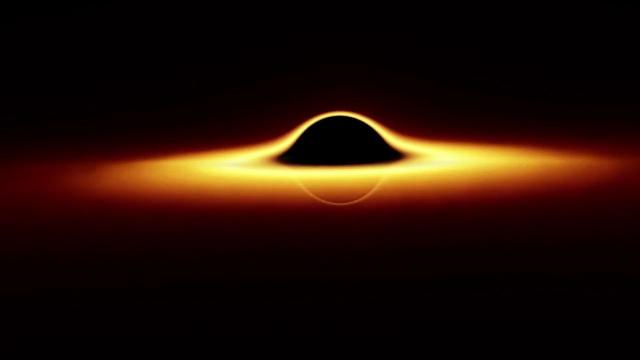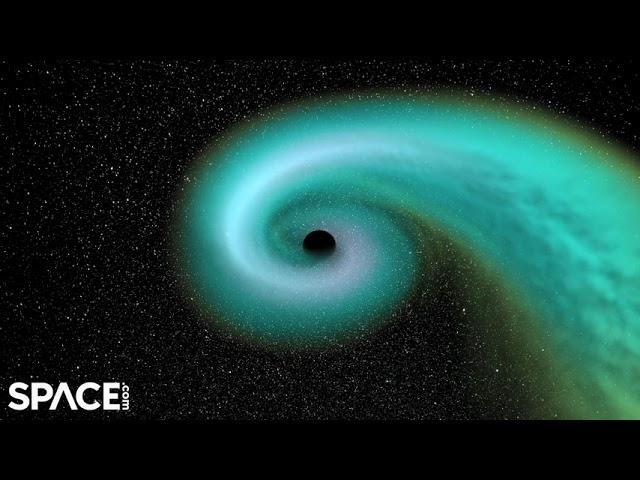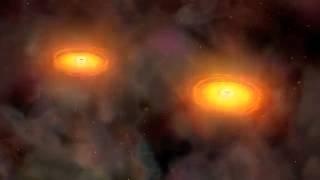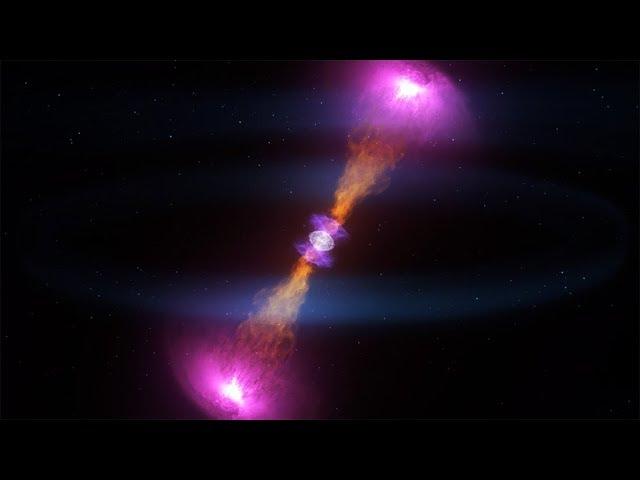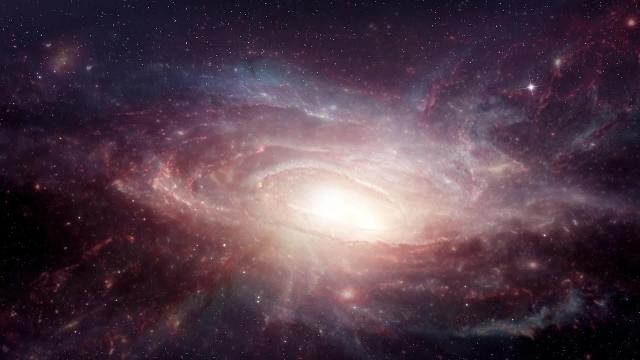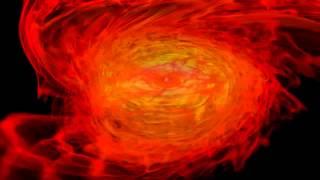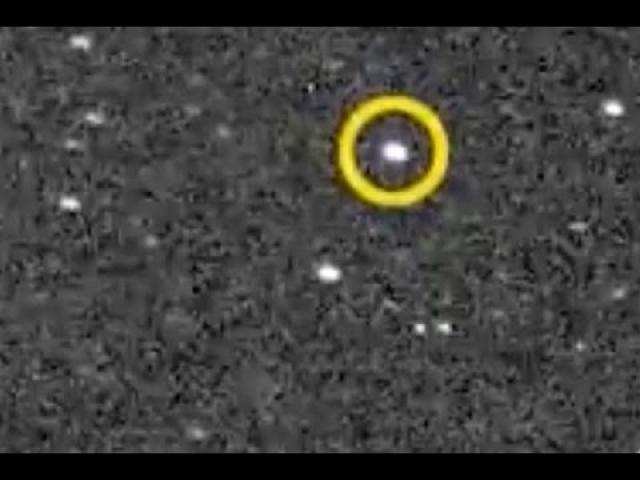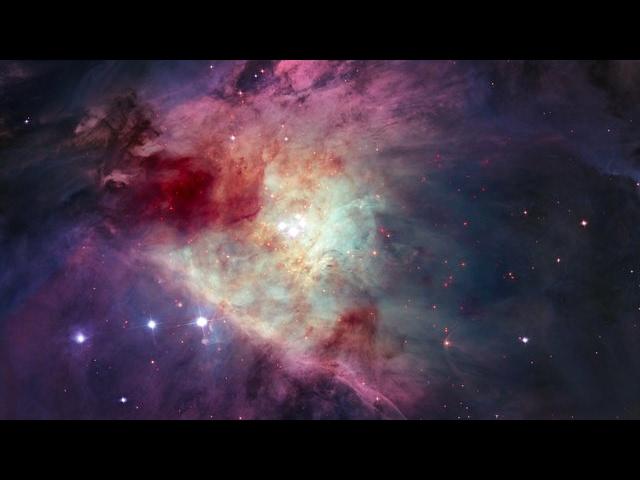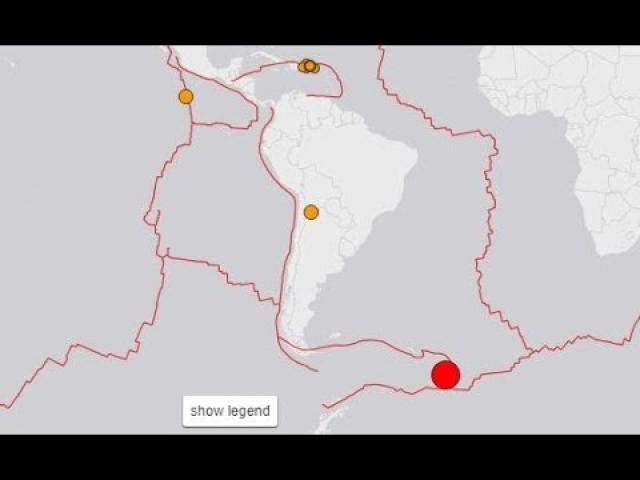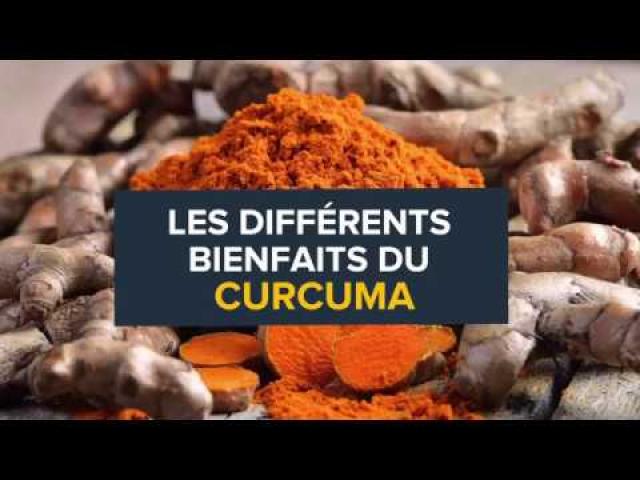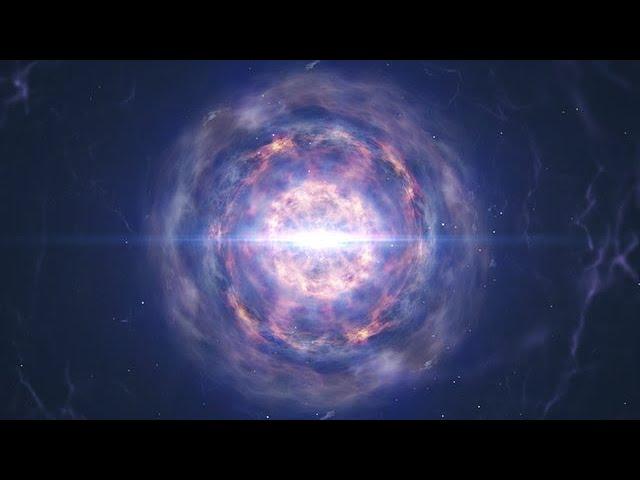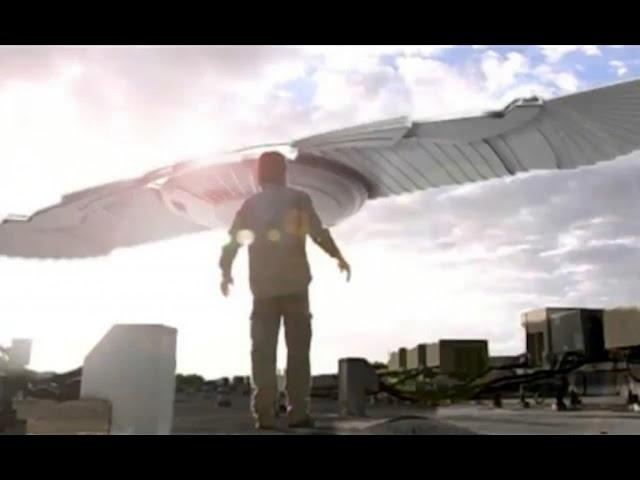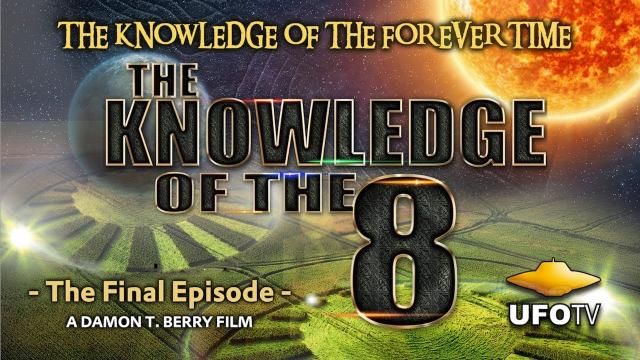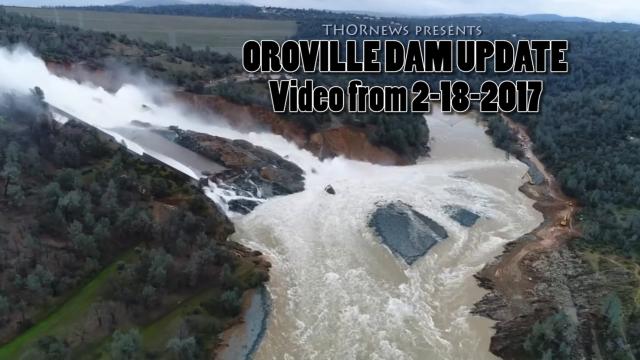When Black Holes or Neutron Stars Collide: A Merger in Space
Description
The first detection of colliding black holes rocked the scientific world, establishing that gravitational waves are real and that we are able to measure them. More recently, scientists have achieved the first detection of colliding neutron stars, rocking the scientific world again and inaugurating the era of multi-messenger gravitational wave astronomy. Astronomers and astrophysicists as they discuss the implications of these colossal cosmic mergers, what they create, and how they’re changing our view of the universe.
PARTICIPANTS: Duncan Brown, Vicky Kalogera, Frans Pretorius, Jocelyn Read
MODERATOR: Mario Livio
MORE INFO ABOUT THE PROGRAM AND PARTICIPANTS: https://www.worldsciencefestival.com/programs/merger-space-black-holes-neutron-stars/
This program is part of the BIG IDEAS SERIES, made possible with support from the JOHN TEMPLETON FOUNDATION.
- SUBSCRIBE to our YouTube Channel and "ring the bell" for all the latest videos from WSF
- VISIT our Website: http://www.worldsciencefestival.com
- LIKE us on Facebook: https://www.facebook.com/worldsciencefestival/
- FOLLOW us on Twitter: https://twitter.com/WorldSciFest
TOPICS:
- Participant Intros. 00:07
- Is the detection of gravitation waves humankind’s greatest achievement? 01:35
- The first confirmed discovery of an Einstein black hole using gravitational waves. 04:19
- What happens when neutron stars collide? 07:06
- What is a quark? 09:55
- How do pairs of black holes or neutron stars collide? 10:20
- Stellar evolution. 14:34
- What is LIGO doing, how does it work? 15:20
- What are gravitation waves and what does their detection reveal to us? 19:25
- Simulation of how gravitational waves are formed from the collision of neutron stars. 22:17
- What is the ‘chirp’ and what does it tell us? 23:40
- How can pairs of neutron stars create tides, and what does it tells about the state of matter? 27:35
- How do you determine mass and spin from observations of black holes? 32:00
- What was observed in the SWIFT experiment? 34:55
- How do you make multiple coordinated observations of stellar events like the collision of neutron stars or black holes? 36:05
PROGRAM CREDITS:
- Produced by John Plummer and Laura Dattaro
You can help add a translation for this program here: http://www.youtube.com/timedtext_video?v=raRe8GzZlUs&ref=share
This program was recorded live at the 2018 World Science Festival and has been edited and condensed for YouTube.

